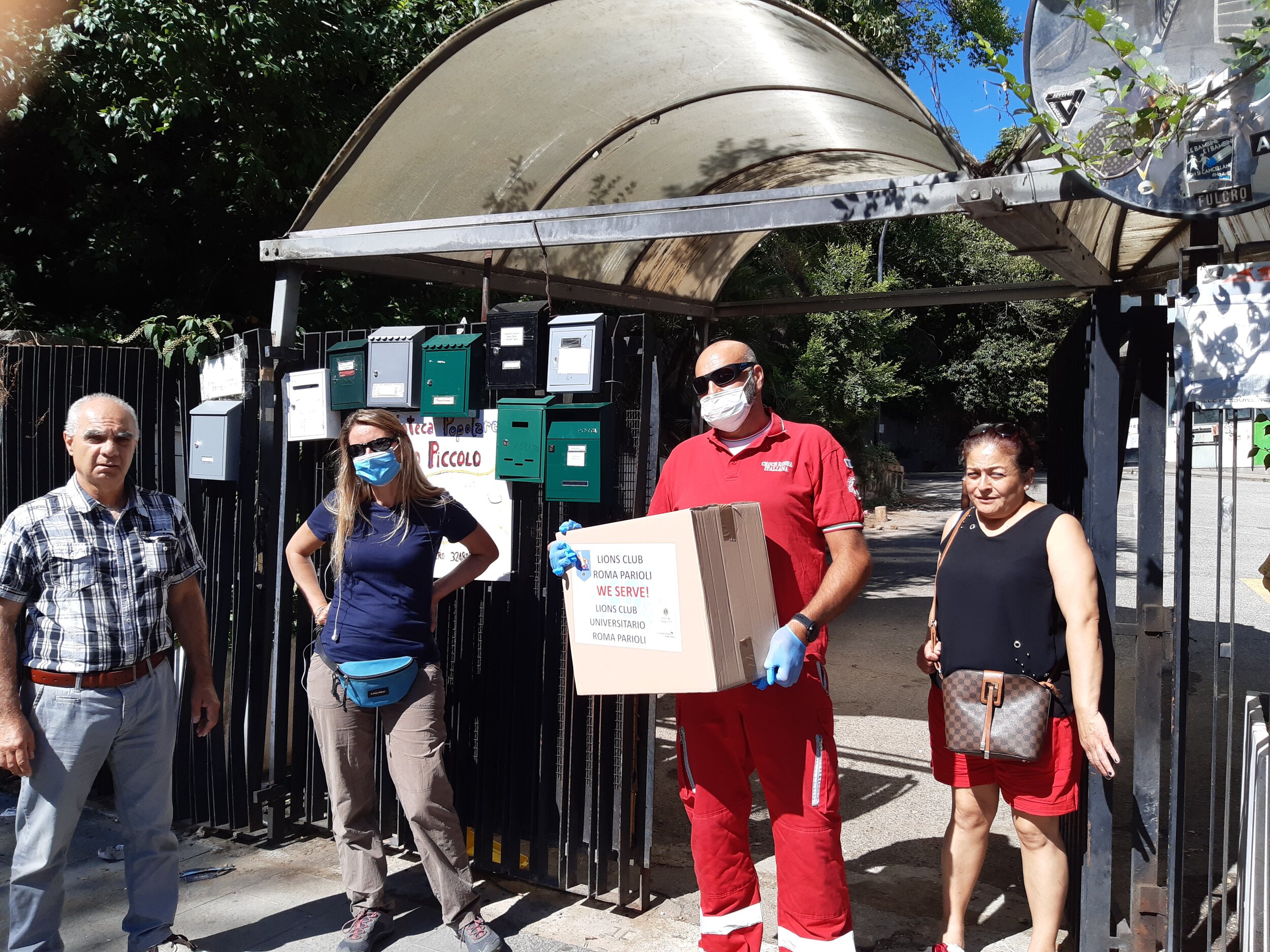No Health Without Housing: Rome's Urban Squatters in the Pandemic
Margherita Grazioli, Gran Sasso Science Institute
In the sci-fi novel “Exit Roma” (2019, Castelvecchi), the urbanist Enzo Scandurra prefigured an only seemingly dystopic scenario when a mysterious disease would spread uncontrollably inside a locked down Rome. As a result, the few inhabitants of the city centre, depopulated by over-tourism and gentrification, would massively perish, whilst those who survive would migrate towards the urban peripheries, where the inhabitants accustomed to self-organization by institutional abandonment had instituted an effective system of self-government, and repurposed the built environment to cope with the pandemic and guarantee everyone’s welfare and access to key resources such as healthcare and livelihood. The predictive outreach of the novel would soon emerge with the Covid-19 pandemic, when housing squats were confronted with the conflation of institutional marginalization and self-organization for promoting everyone’s welfare. During the first wave, local institutions have endorsed the military lockdown of informal housing squats that are unrelated to Housing Rights Movements, motivating these policing operations as the necessity to isolate hotbeds of contagion, yet without providing food or medicine supplies for those locked inside.
While providing material support to quarantined buildings, the Housing Rights Movements’ activist-squatters have launched in 2020 the “No health without housing” campaign (Senza casa non c’è salute). It has been articulated through a series of mobilizations, contentious as well as legal actions and negotiations with national and local institutions, daily grassroots work, and solidarities. All these actions and relations pivot around three focal points. The first one is demanding the immediate abolition of the extant anti-squatting legislation that, since 2014, prevents the squatters of vacancies and public housing apartments from registering their address where they live, hence, to access all local social welfare benefits, healthcare included. During the pandemic, this meant being unable to address a GP, or being untracked by the national healthcare system if falling ill with Covid. Relatedly, the Housing Rights Movements activist-squatters have endorsed the “No profit on pandemic” global campaign once again from the angle offered by the Housing Rights Movements’ demographics, daily struggles and political networks. While claiming the vaccines as commons, they have contested the privatization and commodification of healthcare. Besides, they have highlighted how the elitism of scientific knowledge actively excludes local communities from implementing preventive and reactive actions, thus perpetuating inequalities, and feeding the stigma against institutionally marginalized subjectivities.
Whatever it is, the way you tell your story online can make all the difference.
As a consequence of the first point, the movements have mobilized their broad political and social ramifications with other social movements, NGOs, associations and solidarity groups that could cooperate in spreading the knowledge about how to cope with the pandemic on the individual, collective and spatial scales (e.g. how to sanitize communal areas in the buildings; how to behave where bathrooms are shared; how co-squatters could safely help those who were quarantined, e.g. suggesting safe ways to deliver groceries or throw away someone’s waste). Furthermore, the housing squats have readapted the communal areas (courtyards, assembly room and so on) to the pandemic contingency for different uses: storage spaces for food donations; wi-fi hotspots for remote schooling; weekly healthcare info-points; reconverted open areas to assembly spaces. This ultimately brings to the fact that housing squats have proven to be hubs of public welfare during the pandemic. As the pervasiveness of the ‘Stay at home’ proposition disregarded the materialities of the people who are housing precarious or deprived, housing squats continue to endure and thrive in circulating collective knowledge, awareness and practices of self-organization, while continuing to challenge public authorities for their policies, repression and lack of grassroots participation in deciding how to allocate the NGEU resources.
This goes in the exact opposite direction of the mainstream understanding of resilience, which implies a passive adaptiveness to the hegemonic status quo. On the other hand, these practices of commoning unsettle institutionalized and medicalized notions of welfare and healthcare starting from the intersection with habitation, while continuing to affirm the potential of reappropriation acts for staying put inside cities, and radically transforming their daily social reproduction, spatialities and sociabilities even in crisis times.

